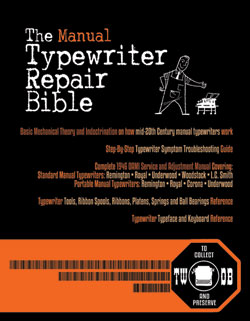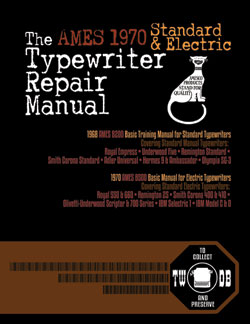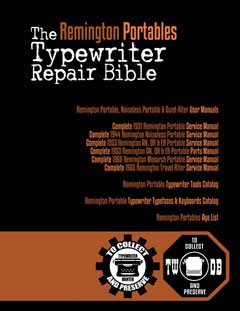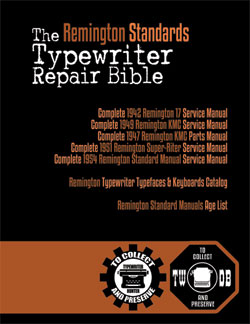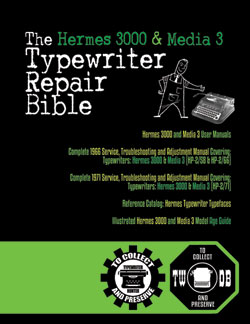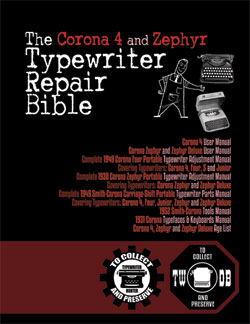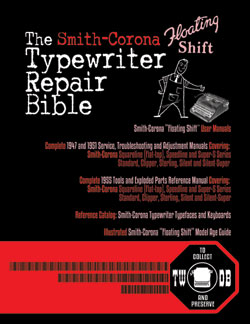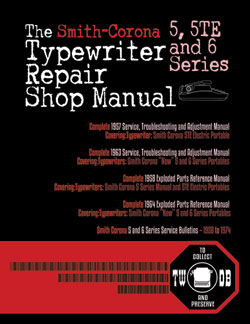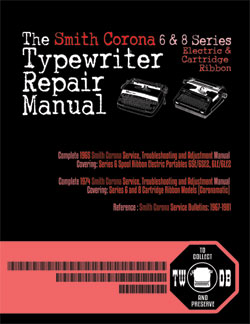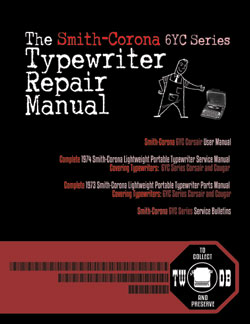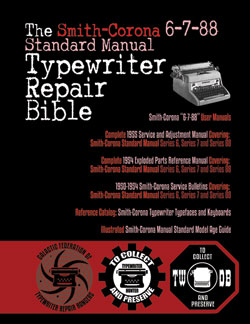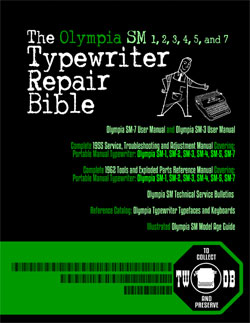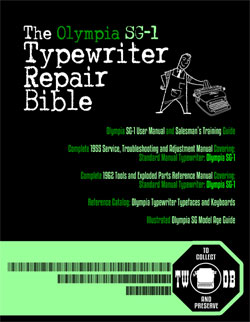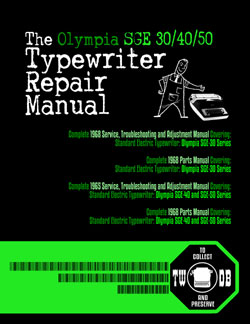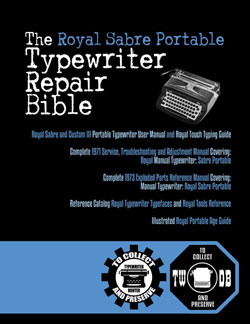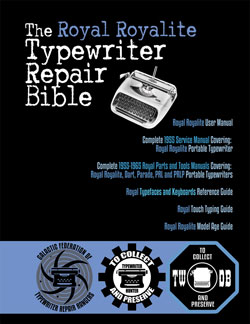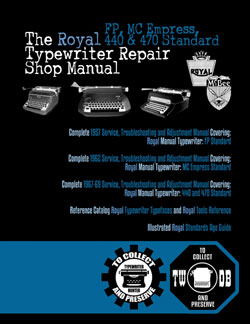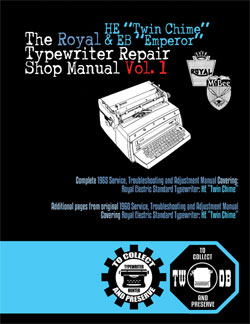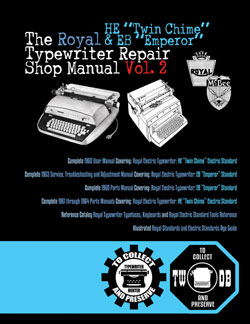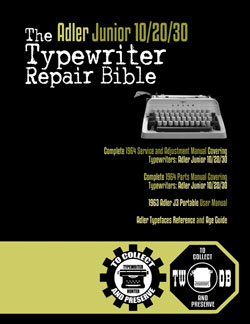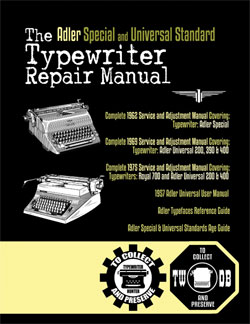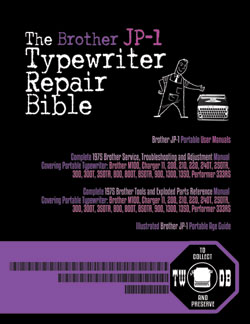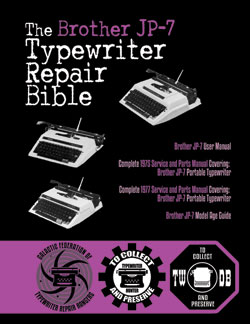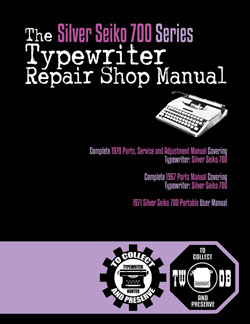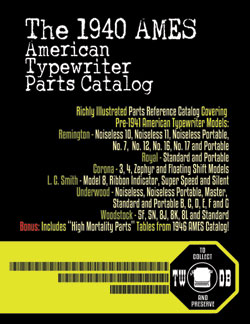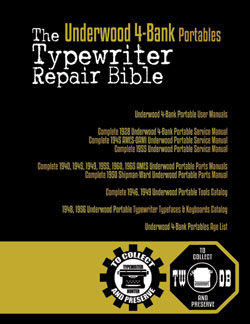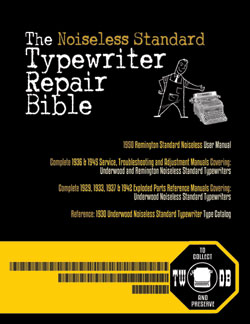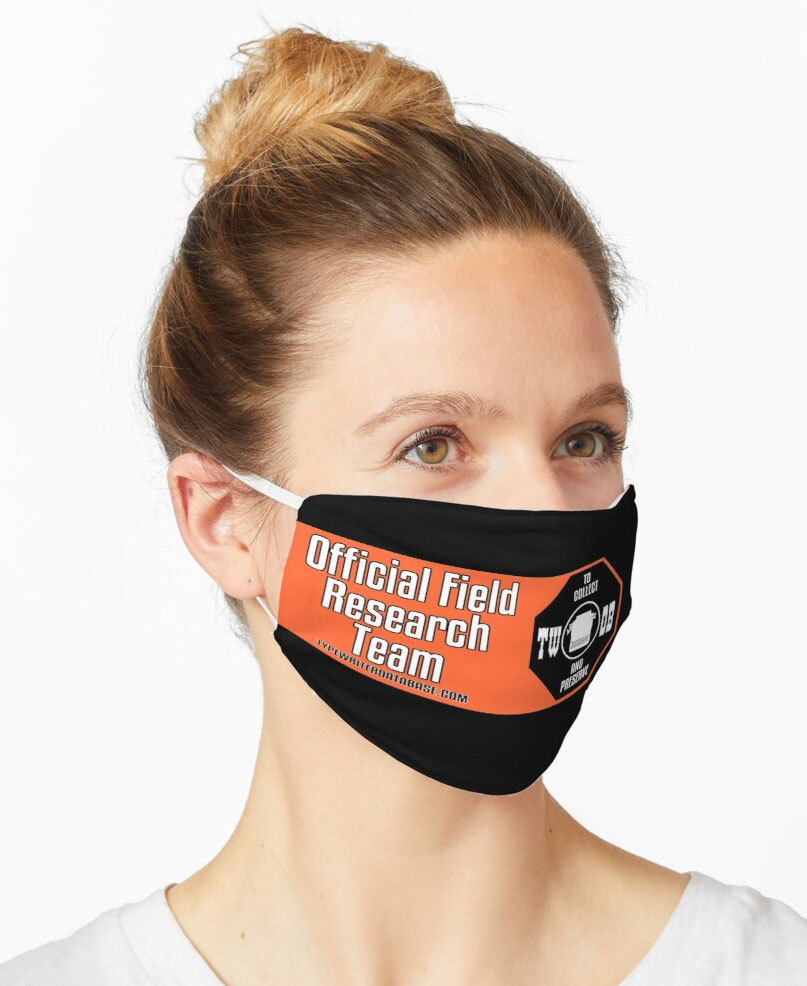1954 Olivetti Lettera 22 #060107
Status: My Collection
Hunter: Wayne Bouchard (azweb100)
Created: 09-06-2024 at 09:20PM
Last Edit: 09-06-2024 at 09:56PM
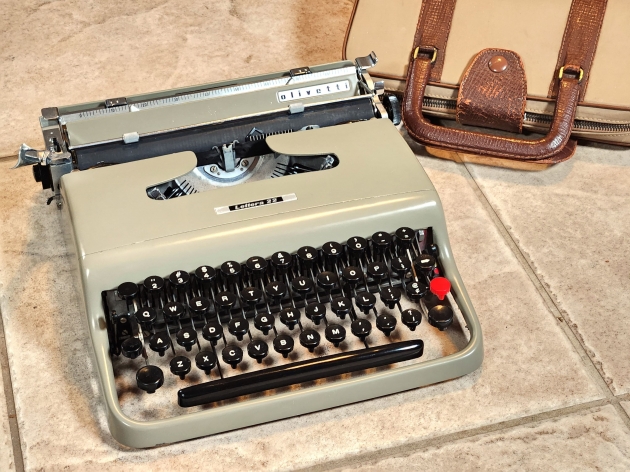
Description:
An Olivetti Lettera22, made in 1954. Equipped with Pica N0 1. (10 pitch, 6 LPI)
(Note that I made the type sample before realizing I had the wrong year documented.)
This slim portable typewriter is outfitted with a tab system, visible margin stops, paper stands, and even has original spools and spool nuts. It is a half-line unit, meaning it provides 1, 1.5, and 2 line spacing. It is also a half-space unit, meaning when you depress the space bar, it advances one-half space and the other half when you release the space bar.
Best of all, this typewriter's case is nicely preserved, has the vinyl cover (though it seems like it shrank a little bit), and still has all of the factory paperwork with it and doesn't show a great deal of yellowing or fading as would be expected from 74 year old documents!
When received, this typewriter was received, it appeared that there was a problem with the escapement. Fortunately, it turned out that the issue was that the loose dog was so gummed up with oil and debris that it would not return correctly with just spring pressure. A good deal of cleaning and it worked properly again. However, there was also a certain amount of rust present which necessitated removal of the rocker plate assembly and a couple of other parts for a good soak in a rust remover. After that, a little paint on the pitted areas to give them extra protection, and it cleaned up nicely. The big issue was that one of the platen knobs was broken during shipment. Fortunately, save for a couple of tiny chips, I was able to superglue it back together and polish it such that the line is invisible except on close inspection. Flitz then did a great job on the body and it looks almost like new!
Like many ultra-portable typewriters, the short key levers give it a heavier feel than a standard. Thus, to get it to feel more like I am used to, I have the touch control on the lightest setting whereas, on a standard, I usually favor the heaviest setting. It's still a tad heavy for my taste but it types quite well. There is a certain amount of rebound due to a harder than spec platen, but it isn't bad. It did require me to back off the trip point, though. After a good tuneup, this typewriter works great and is as good as the day it was purchased! This is my second such typewriter and I think I favor this one more than the original.
Typeface Specimen:
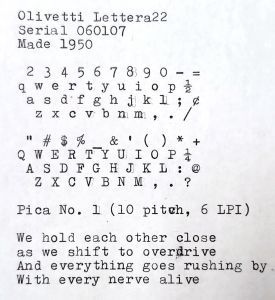
Photos:
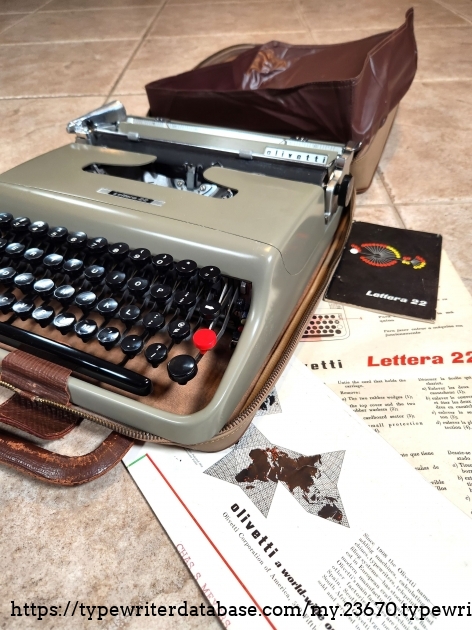
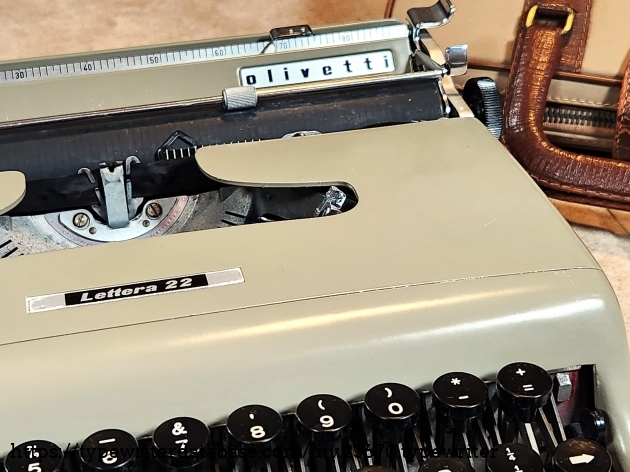
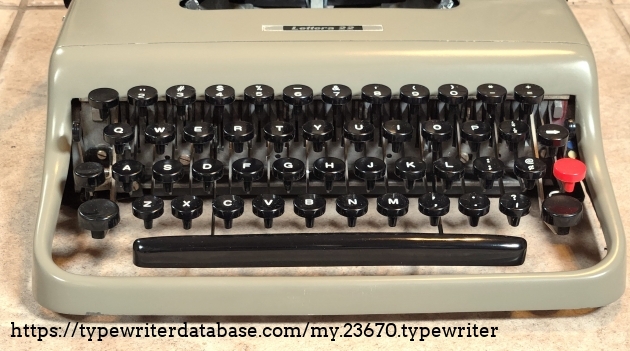
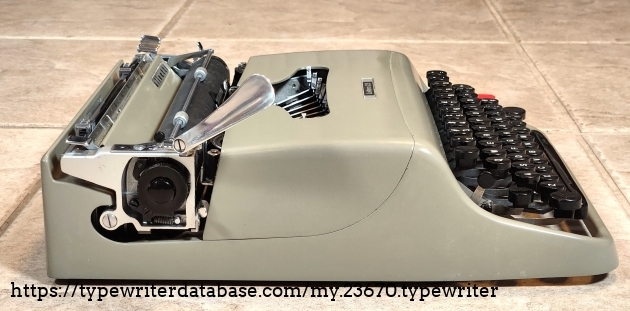
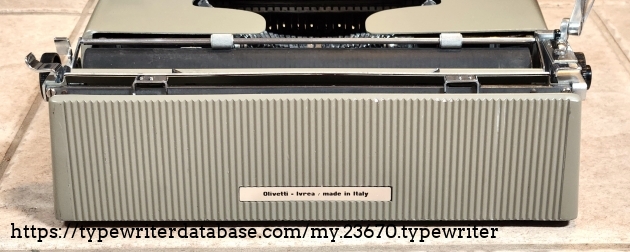
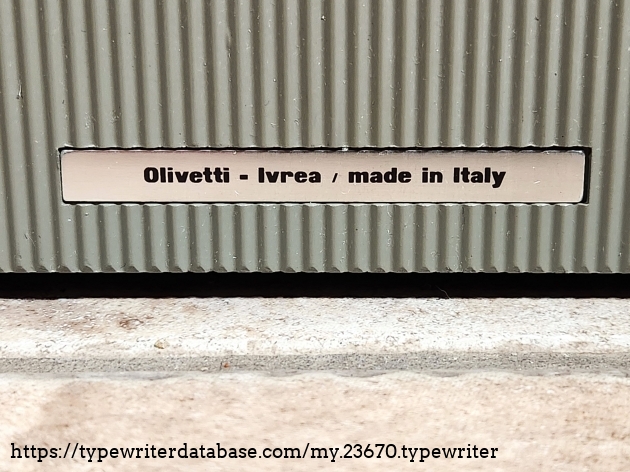
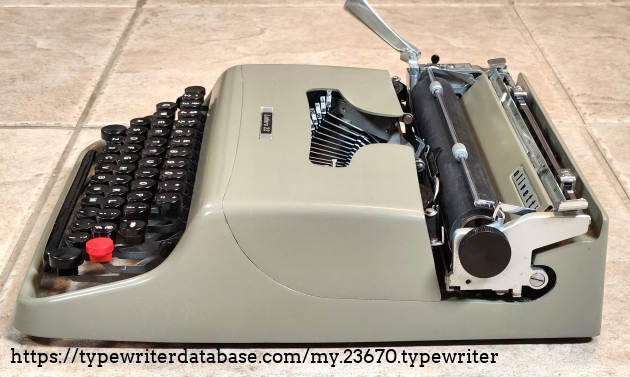
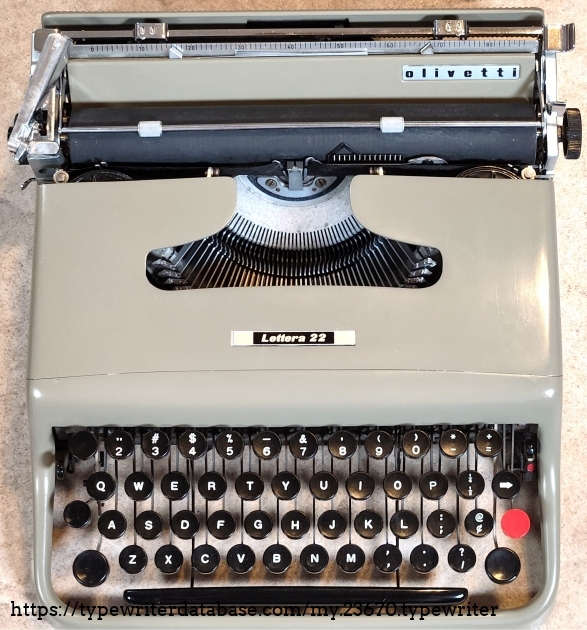
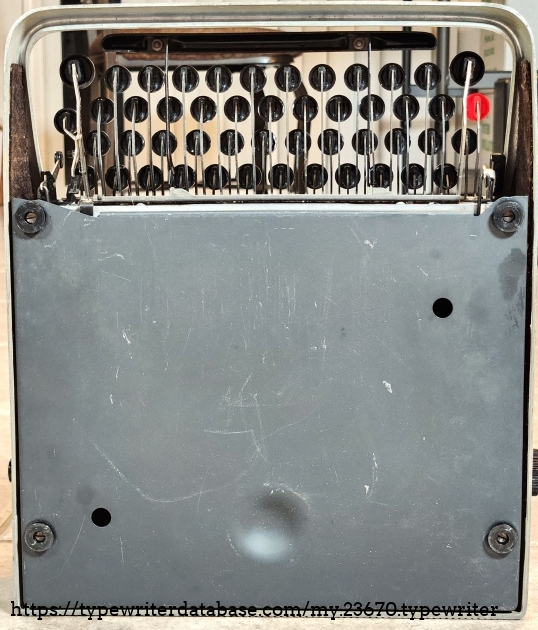
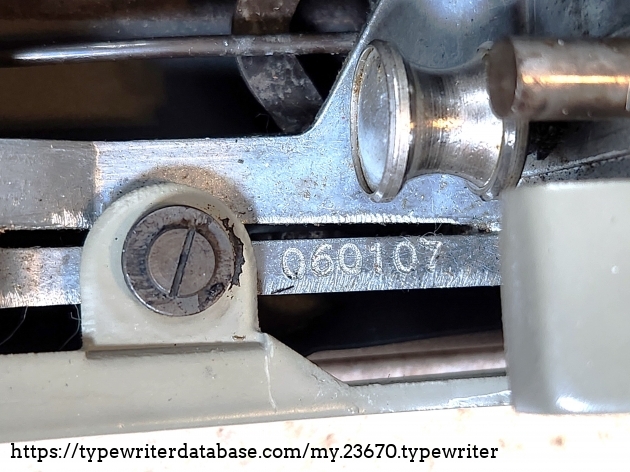
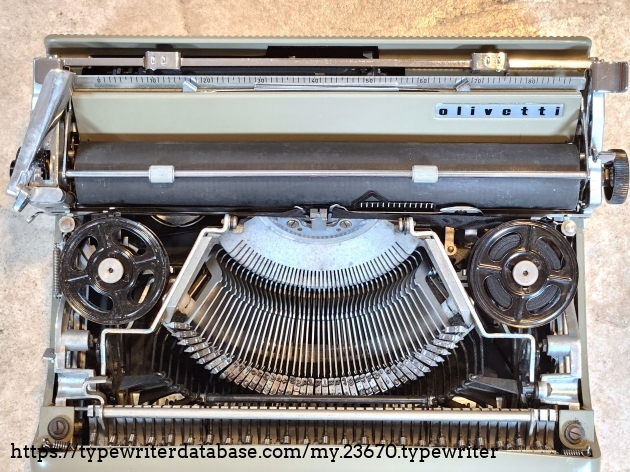
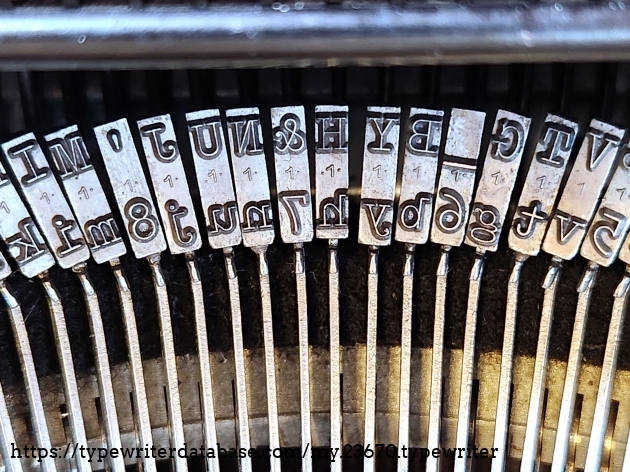
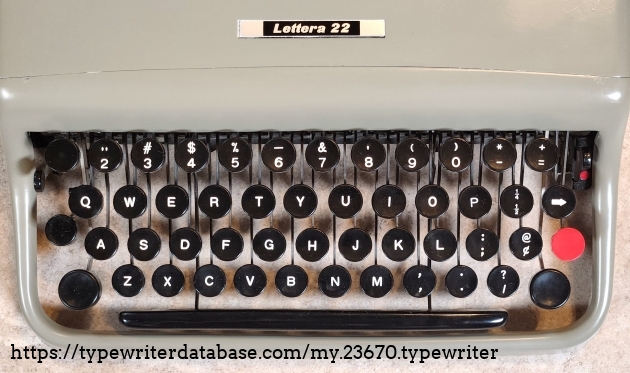
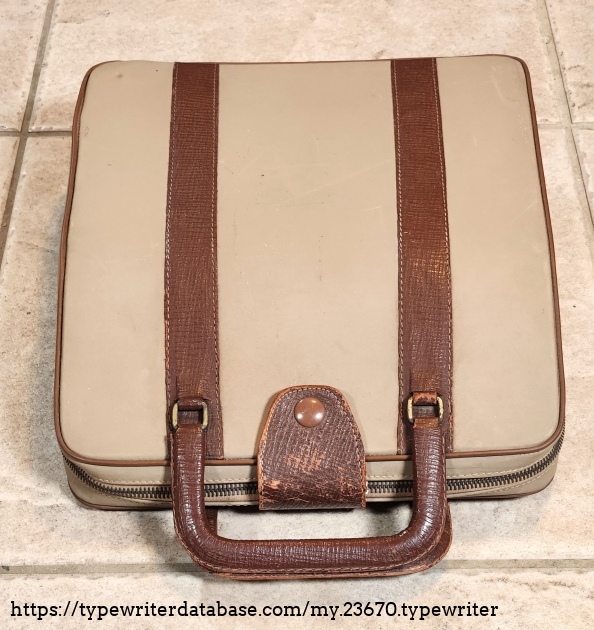
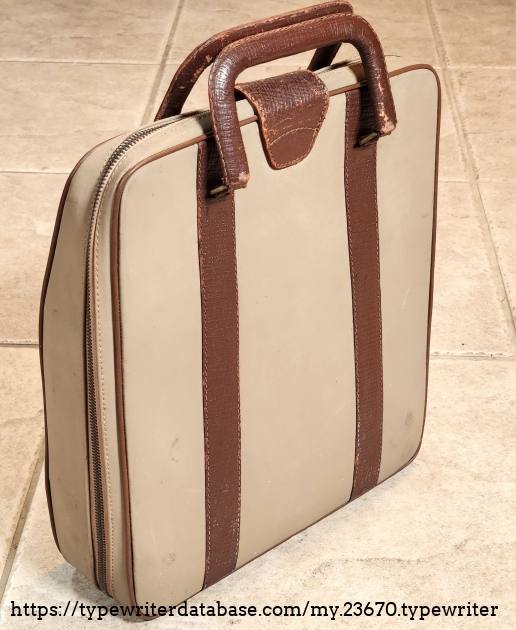
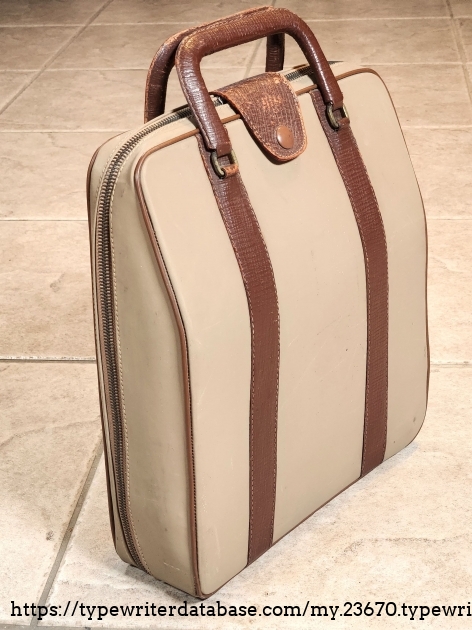
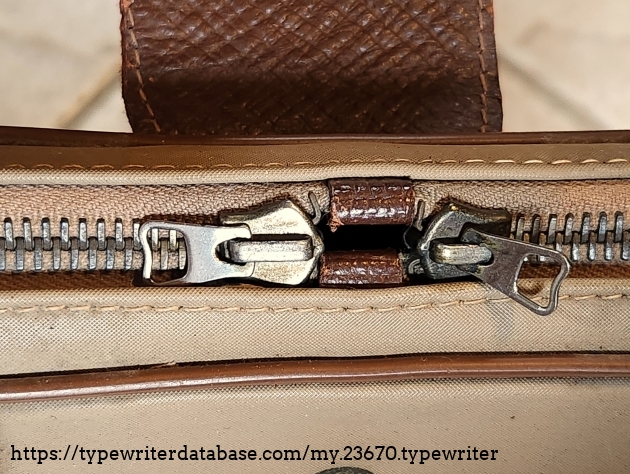
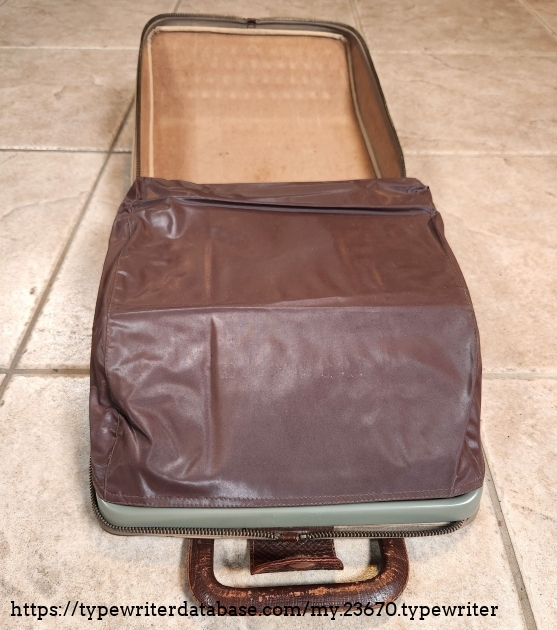
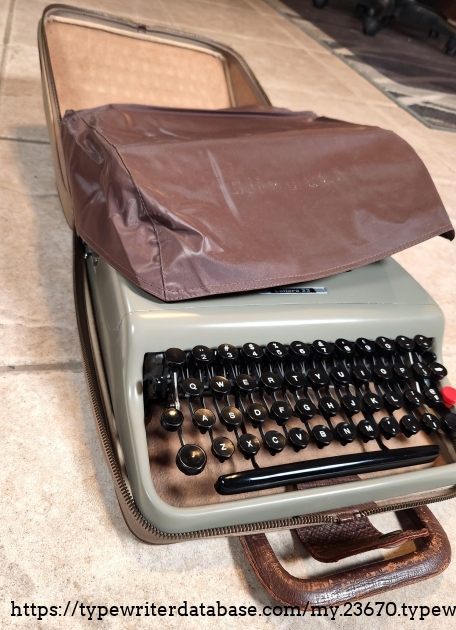
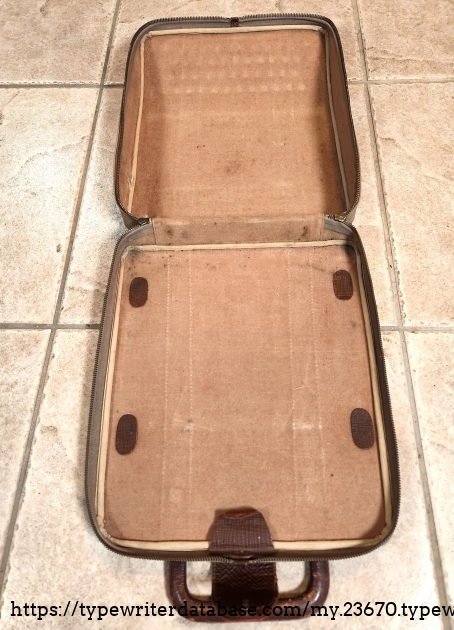
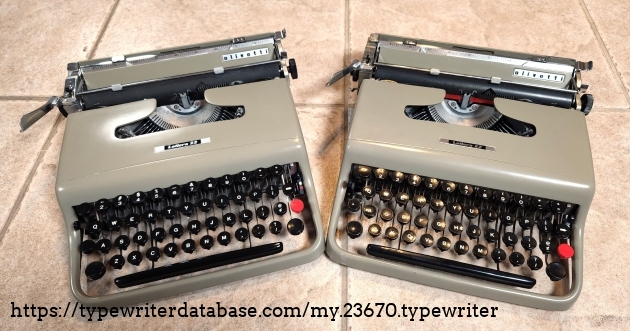
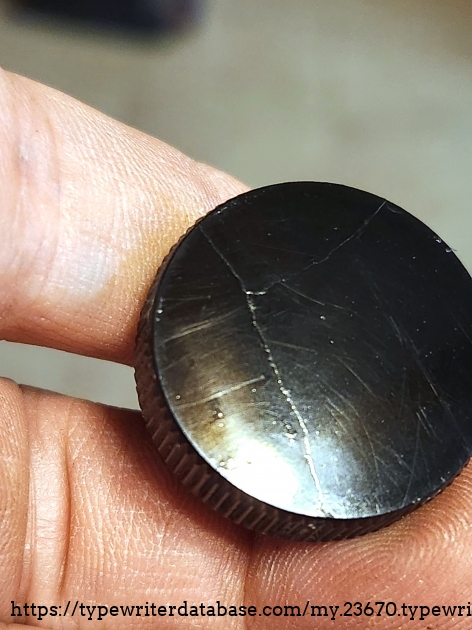
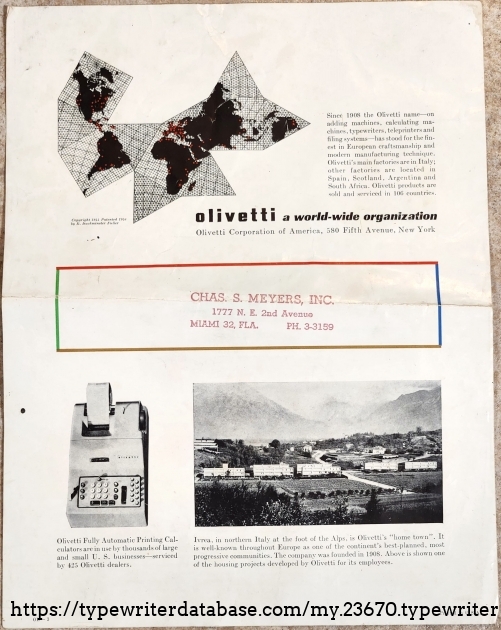
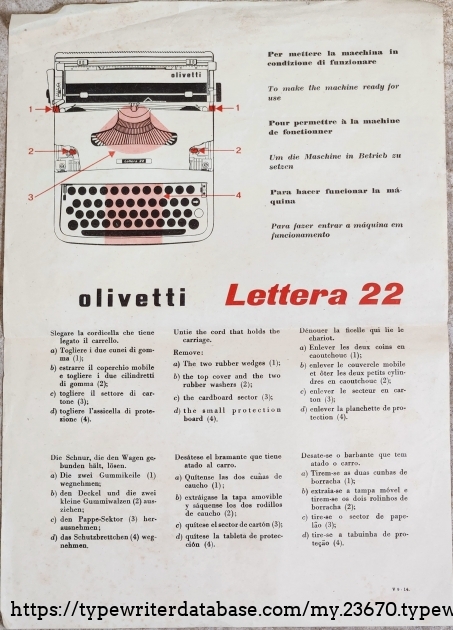
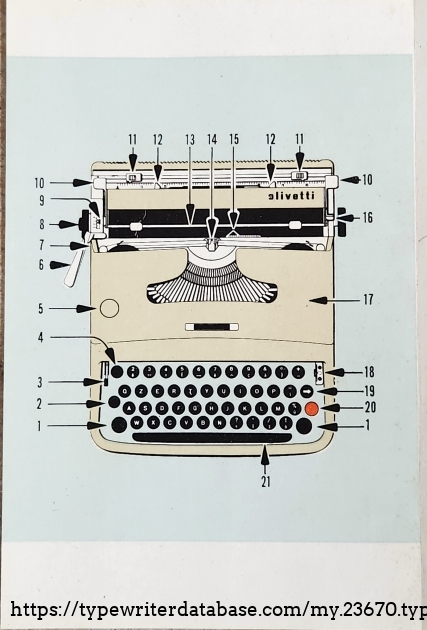
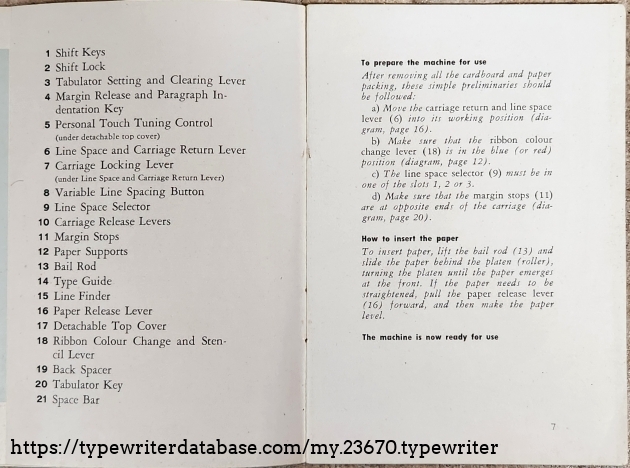
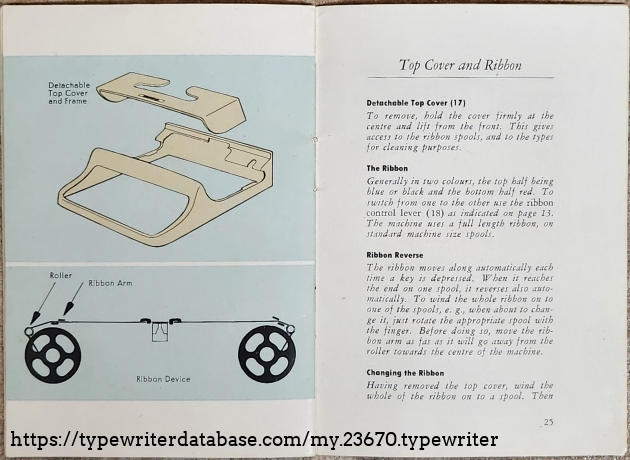
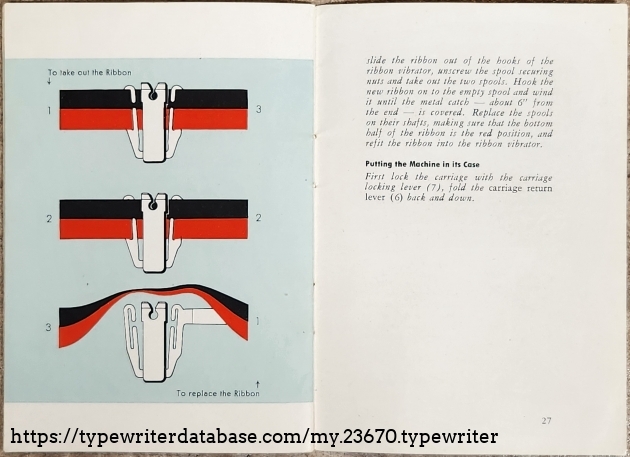
Hunter: Wayne Bouchard (azweb100)
Wayne Bouchard's Typewriter Galleries [ My Collection ] [ My Sightings ]
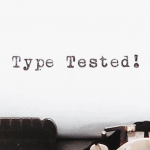
Status: Typewriter Hunter
Points: 1840
Collector of several things, including typewriters, slide rules, and mechanical calculators.
Started collecting typewriters in 2023 with a Royal HHE like the one I did my first book report on when I was in school and using my dad's old typewriter.
RESEARCH NOTE: When researching the Olivetti Lettera 22 on a computer with lots of screen real estate, you may find that launching the Olivetti Serial Number page and the Olivetti Lettera 22 By Model/Year/Serial page in new browser windows can give you interesting perspectives on changes throughout the model series.
